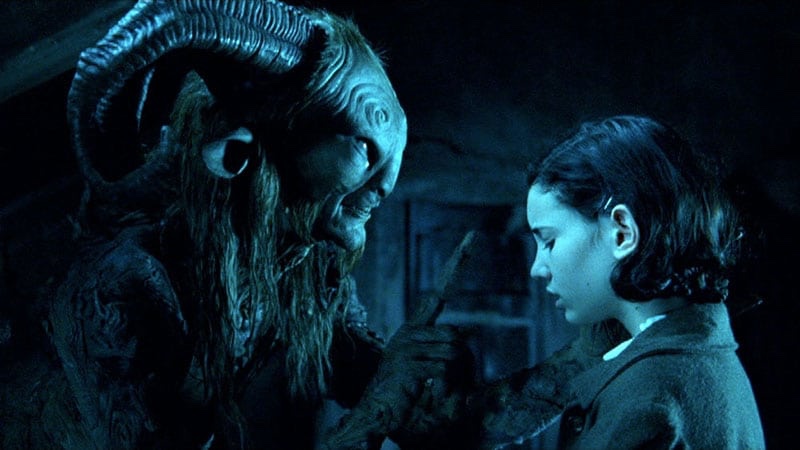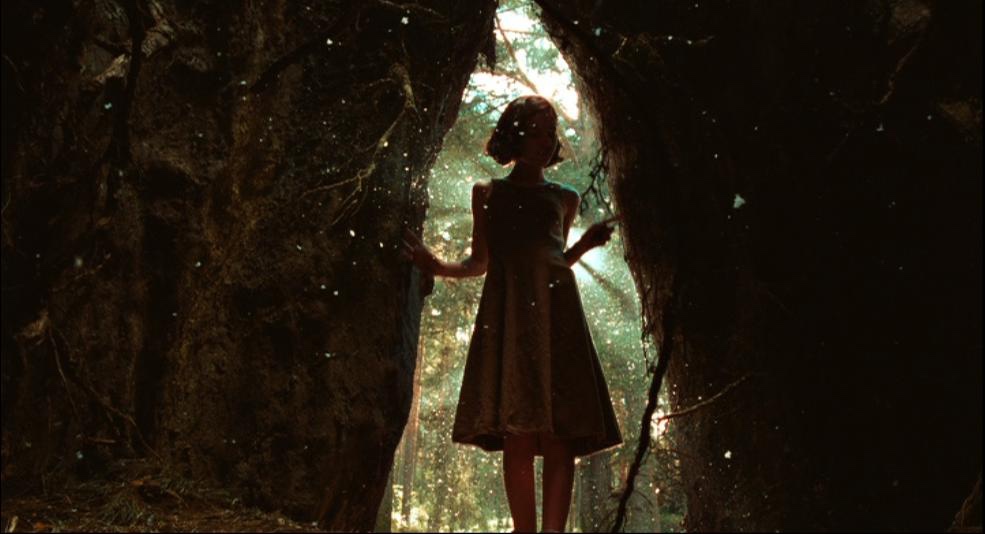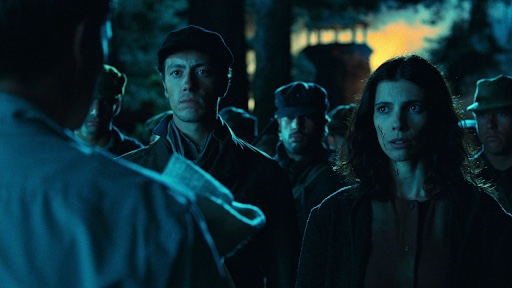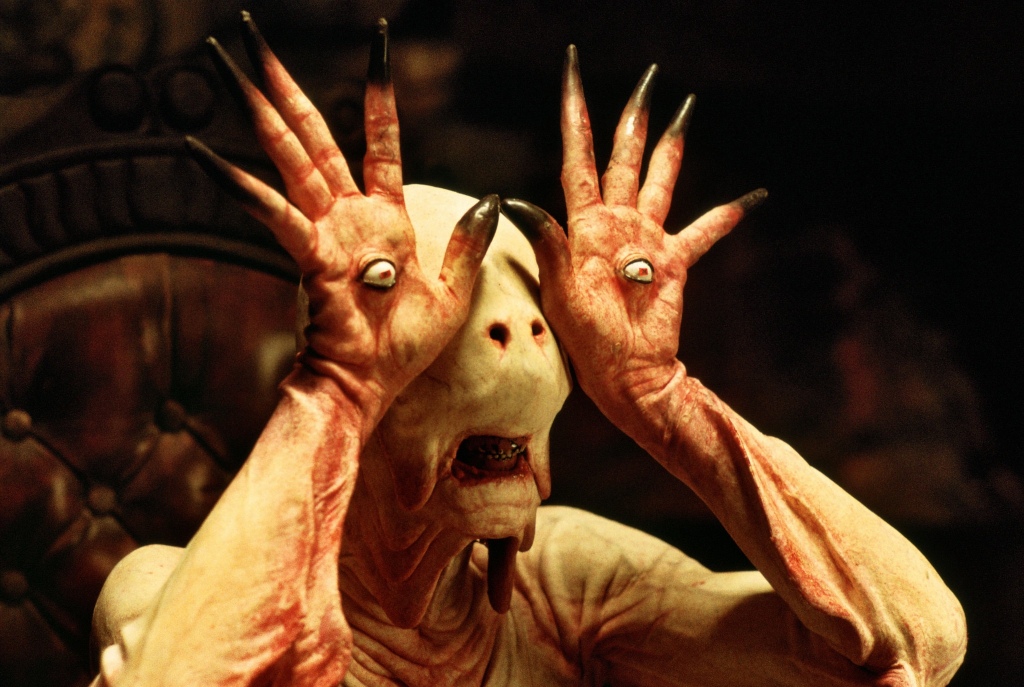Contains spoilers for Pan’s Labyrinth.
Pan’s Labyrinth (Guillermo del Toro, 2006) is a fantasy/war film starring Ivana Baquero, Ariadna Gil and Sergi López. The film is set in the summer of 1944, five years after the Spanish Civil War. The presence of the Falangist fascists still emanates throughout Spain as well as the Spanish Maquis rebel forces through which constant guerrilla warfare is initiated.
We follow Ofelia, the stepdaughter of the malicious Captain Vidal who is violently hunting the rebel Maquis. She stumbles upon a mythical world in which an abandoned labyrinth lies, which seems to belong to an enigmatic faun. It is through this that Ofelia becomes desperate to save her unborn brother from a life of anguish and rid Spain of all conflict.

Del Toro utilises a variety of interesting techniques throughout the film in order to tell a compelling story. Firstly, del Toro’s signature use of ultra-graphic injury detail is ever present throughout the duration of Pan’s Labyrinth. Akin to his previous works such as The Devil’s Backbone and Crimson Peak, countless people are mercilessly tortured and maimed and through this, del Toro instills a sense of enervation within the viewer.
In addition to this, del Toro makes apt use of lighting to differentiate between the fantasy world and the gritty reality. High-key lighting is implemented during scenes when Ofelia is immersed within the labyrinth and this is used to represent a sense of unadulterated bliss. Conversely, during the majority of the film, low-key lighting is used to emphasise the sombre and harsh reality of the war-ridden world.


The film does not follow a typical linear narrative structure. The film opens with the final scene of the film, which depicts Ofelia dying in reverse. This establishes an initial enigma, which is then resolved at the end of the film. Del Toro’s striking use of nonlinear narrative structure further intrigues the viewer and makes for one shocking opening scene.
The film holds an extremely important place within Guillermo del Toro’s filmography due to the fact that it is considered by many to be his magnum opus. Winning a bountiful number of academy awards such as Best Cinematography and Best Makeup, Pan’s Labyrinth is a profound drama which astutely blends two seemingly dissonant genres, being fantasy and war.

Personally, I thoroughly enjoyed Pan’s Labyrinth from beginning to end. Del Toro successfully created an enthralling tale making intelligent and calculated use of the elements of film form throughout. I enjoyed each witnessing the struggles and hardships of each of the characters, particularly Captain Vidal who acted as an extremely effective antagonist.
My personal favourite sequence has to be the Pale Man sequence due to how enigmatic and intriguing the creature is. Through the use of no dialogue, the scene is extremely effective in the way of building tension and mystery.

Through the use of symbolism, characterisation and fantasy, I think that the main message told throughout Pan’s Labyrinth is the terror of war and the capability for humankind to perform malicious and abhorrent actions. The contextual implication of the humans in the real world being just as malicious as the savage monsters of the labyrinth rings true throughout the duration of the film.
Overall, I would rate Pan’s Labyrinth ★★★★.